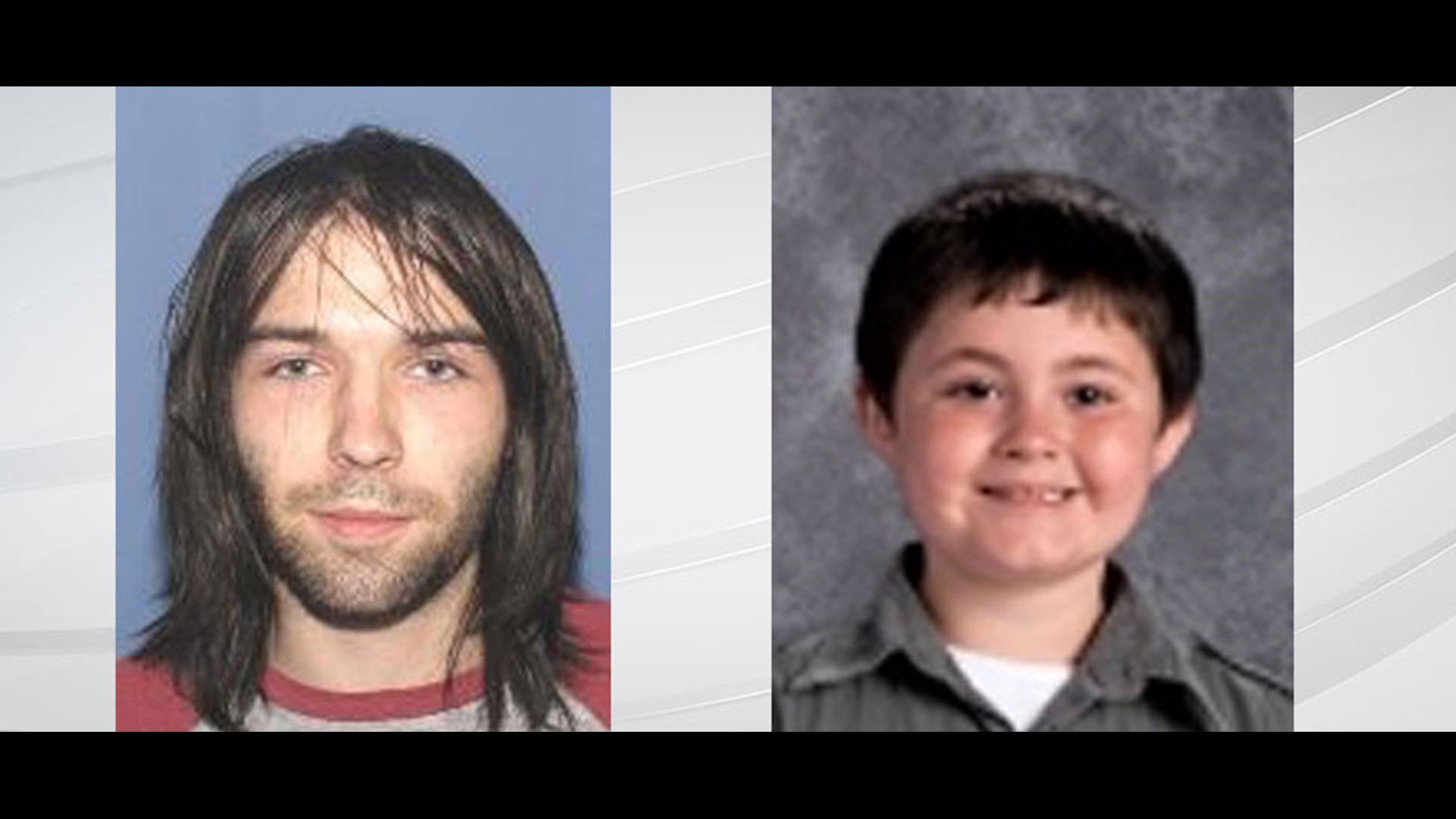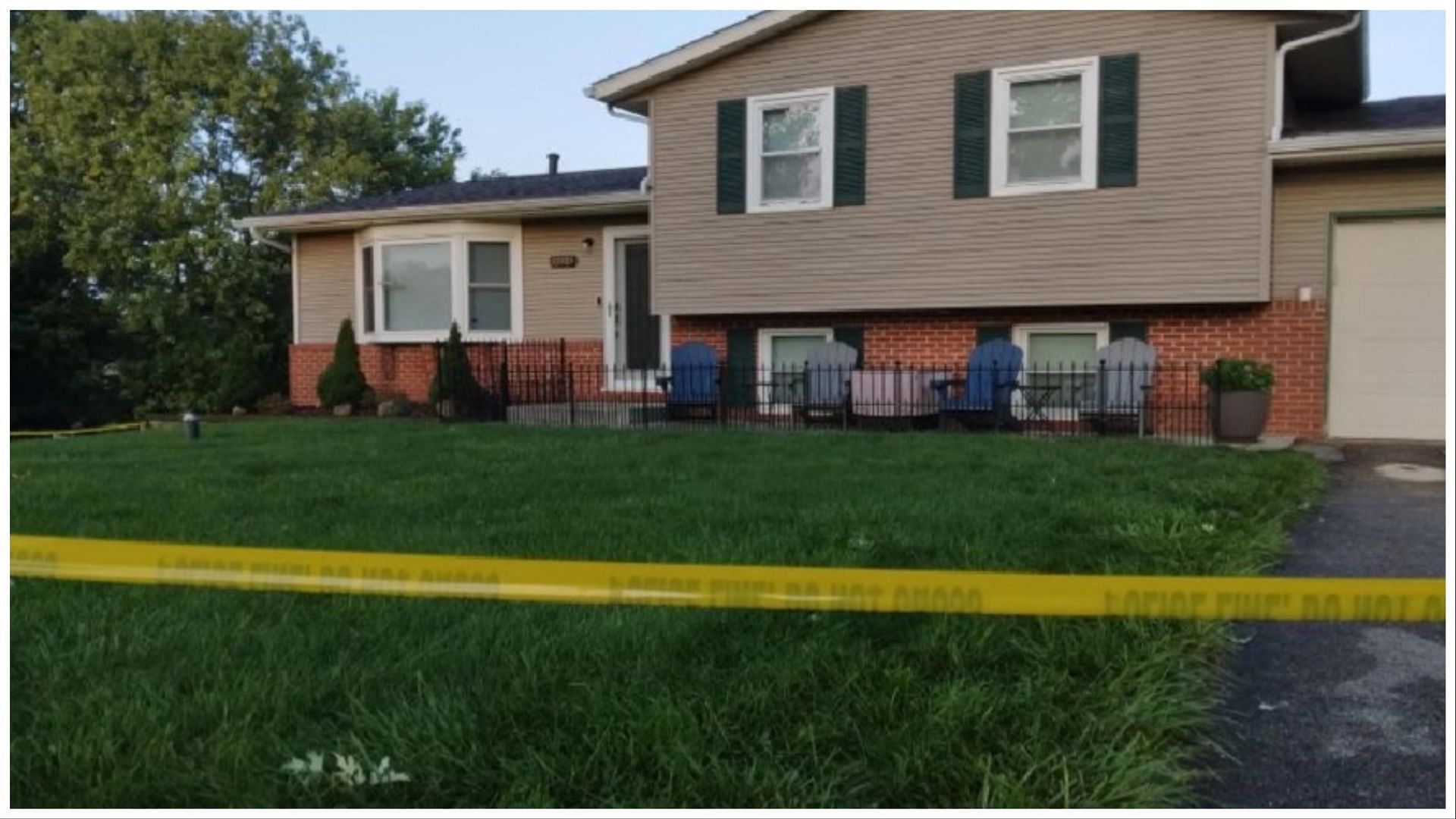Can justice truly be served for a crime so heinous it defies comprehension? The answer, for the victims of the Pike County massacre, arrived in the form of a life sentence without parole for George Wagner IV, a man found guilty of orchestrating the brutal murders of eight family members. This verdict marks a pivotal moment in a case that has haunted Ohio for years, a chilling reminder of the depths of human depravity and the enduring quest for accountability.
The CNN affiliate WLWT reported the sentencing, bringing a measure of closure to a community scarred by the 2016 killings. The sheer scale and calculated nature of the crime sent shockwaves far beyond the borders of Pike County, etching itself into the collective memory as one of Ohio's most horrific massacres. The legal proceedings have been complex and emotionally charged, a reflection of the profound loss and enduring pain inflicted upon the victims' families and the wider community. The Wagner family's involvement, once a tightly guarded secret, slowly unraveled under the relentless scrutiny of investigators and prosecutors, culminating in a series of trials and sentencings that have captivated and horrified the nation.
| Name | George Wagner IV |
| Date of Birth | (Information not available in the provided text - needs external verification) |
| Location of Crime | Pike County, Ohio, USA |
| Conviction | Guilty of murdering 8 members of a Pike County family. |
| Sentence | Life in Prison without Parole |
| Relationship to Victims | (Details of the specific relationship between George Wagner IV and the victims would require further research and are not provided in the original context) |
| Legal Representation | (Information not available in the provided text - needs external verification) |
| Associated Individuals | Members of the Wagner family also implicated in the crime. |
| Case Significance | Considered one of the largest murder cases in Ohio history. |
| Further Information | CNN (for updates on the case) |
The weight of Ohio law now bears down on George Wagner IV, his fate sealed within the confines of the justice system. Ohio Revised Code Section 2903.02(A) clearly states that "no person shall purposely cause the death of another or the unlawful termination of another's pregnancy." This statute, a cornerstone of Ohio's legal framework, underscores the gravity of Wagner's actions and the severity of the punishment he now faces. His conviction sends a resounding message that such acts of violence will not be tolerated and that those who perpetrate them will be held accountable to the fullest extent of the law.
Further complicating the narrative are the intricacies of Ohio's homicide statutes. Aggravated murder, as defined under Ohio law, encompasses situations where the death is caused purposely and with prior calculation and design. This element of premeditation distinguishes aggravated murder from other forms of homicide, highlighting the deliberate and calculated nature of the crime. The prosecution successfully argued that Wagner's actions met this threshold, demonstrating a clear intent and plan to carry out the heinous killings.
The Pike County killings were not an isolated incident in Ohio's recent history. In Monroe Township, Clermont County, on June 15, 2023, a horrific tragedy unfolded when Clayton, Hunter, and Chase Doerman, ages seven, four, and three respectively, were fatally shot in their home. This event, a stark reminder of the ever-present threat of violence, shook the community and prompted renewed calls for action to address the root causes of such tragedies. While the circumstances surrounding the Doerman case are distinct from the Pike County massacre, both incidents underscore the urgent need for proactive measures to prevent future acts of violence and protect vulnerable members of society.
Elsewhere in Ohio, law enforcement officials continue to grapple with both new and cold cases. In Canton, authorities announced the resolution of a murder case that had remained unsolved for over 40 years. The suspect, James Vanest, died during a shootout with officers, bringing a definitive, albeit tragic, end to the investigation. Meanwhile, in Northeast Ohio, U.S. Marshals apprehended three murder suspects, removing them from the streets and bringing them one step closer to facing justice. These successes, though hard-won, demonstrate the unwavering commitment of law enforcement to pursue justice, regardless of the passage of time or the challenges involved.
The prosecution of Brandon Davis, 46, for the murder of Asiah Slone, 35, further illustrates the complexities of homicide cases. Davis, who claimed to consider Slone a "sister," was found guilty by a jury after prosecutors presented evidence that he orchestrated her execution. The motive, according to prosecutors, stemmed from a tumultuous relationship between Slone and Davis's father. This case serves as a chilling reminder that even seemingly close relationships can be shattered by betrayal and violence, leading to devastating consequences.
The emotional toll of these cases is immense, not only for the victims' families but also for the first responders and legal professionals involved. Victim impact statements, often delivered in the heart of the courtroom, provide a powerful platform for those affected by the crime to express their grief, anger, and enduring pain. These statements serve as a poignant reminder of the human cost of violence and the long road to healing that lies ahead. The clashes between judges and prosecutors, while sometimes unavoidable, highlight the intense pressures and high stakes involved in these high-profile cases.
The ongoing legal proceedings and investigations underscore the multifaceted nature of homicide cases. From the meticulous collection of evidence to the careful analysis of forensic data, each step requires precision, expertise, and unwavering dedication. The involvement of various agencies, including local police departments, county prosecutors' offices, and federal law enforcement agencies, highlights the collaborative effort required to bring perpetrators to justice and ensure that communities are safe.
The cases in Ohio also shed light on the broader issues surrounding mental health and access to resources. The availability of mental health support services is crucial for individuals struggling with suicidal thoughts or other mental health crises. The 988 Suicide & Crisis Lifeline, available 24/7, provides a vital lifeline for those in need, offering confidential support and connecting individuals with resources in their local communities. It's a critical reminder that seeking help is a sign of strength, not weakness, and that resources are available to support those who are struggling.
The tragic events in Pike County and elsewhere in Ohio serve as a call to action. They underscore the urgent need for comprehensive strategies to address the root causes of violence, promote mental health awareness, and ensure that communities are safe and secure. These strategies must involve collaboration across multiple sectors, including law enforcement, mental health services, social services, and community organizations. Only through a concerted and sustained effort can we hope to prevent future tragedies and create a society where all individuals can live free from the fear of violence.
The sentencing of George Wagner IV represents a significant milestone in the pursuit of justice for the victims of the Pike County massacre. However, it is important to recognize that this verdict is just one step in a long and ongoing process. The healing process for the victims' families and the wider community will likely take years, if not decades. It is essential to continue to provide support and resources to those affected by this tragedy and to remain vigilant in our efforts to prevent future acts of violence.
The legal ramifications of the Pike County killings extended beyond George Wagner IV. Other members of the Wagner family were also implicated in the crime, facing charges and sentences for their roles in the massacre. These cases further underscore the complexity of the investigation and the far-reaching consequences of the Wagner family's actions. The involvement of multiple family members in such a heinous crime is a disturbing reflection of the depths of depravity to which individuals can sink and the devastating impact that such actions can have on families and communities.
The legal proceedings surrounding the Pike County killings have been closely watched by legal experts and the public alike. The case has raised important questions about the role of forensic evidence, the admissibility of witness testimony, and the challenges of prosecuting complex conspiracy cases. The outcome of the trials and sentencings will likely have a lasting impact on legal precedent and the way in which similar cases are investigated and prosecuted in the future.
Ohio's legal framework provides a comprehensive set of laws and regulations designed to address various forms of homicide. The distinctions between aggravated murder, murder, and manslaughter reflect the different levels of intent and culpability associated with each crime. These distinctions are crucial for ensuring that individuals are held accountable for their actions in a manner that is commensurate with the severity of their offense.
The case of Charles S. Burton, 48, and Michelle D. Burton, 53, of Belpre, Ohio, who were indicted by a grand jury on Friday, Aug., highlights the ongoing efforts to combat crime and hold individuals accountable for their actions. While the details of their case are not fully provided in the source text, their indictment underscores the commitment of law enforcement and prosecutors to investigate and prosecute all forms of criminal activity.
The discovery of five family members, including three children, dead in an Ohio home on Thursday evening, in what police are calling a domestic dispute that turned deadly, is a heartbreaking reminder of the prevalence of domestic violence and the devastating consequences that can result. This tragedy underscores the urgent need for increased awareness of domestic violence, improved access to resources for victims, and stronger laws to protect vulnerable individuals from harm.
In conclusion, the cases highlighted in this overview represent a small fraction of the many instances of violence and crime that occur in Ohio and across the nation. They underscore the importance of a strong and effective justice system, a commitment to mental health awareness, and a collective effort to address the root causes of violence and create a safer and more just society for all.
The emotional impact of these tragedies reverberates throughout communities, leaving lasting scars on families and friends. The process of healing and recovery is often long and arduous, requiring ongoing support and resources. It is essential to remember the victims of these crimes and to honor their memory by working to prevent future acts of violence.
The legal system, while imperfect, plays a crucial role in holding perpetrators accountable and providing a measure of justice for victims and their families. The complexities of these cases highlight the need for skilled and dedicated legal professionals, as well as a commitment to due process and fairness. The pursuit of justice is not always easy or straightforward, but it is essential for maintaining a stable and just society.
Beyond the legal system, community-based organizations and social services play a vital role in supporting victims of crime and preventing future violence. These organizations provide a range of services, including counseling, advocacy, and educational programs. Their efforts are essential for building stronger and more resilient communities.
The ongoing challenges of crime and violence require a multi-faceted approach that addresses the underlying causes and promotes positive change. This includes investments in education, job training, and affordable housing, as well as efforts to combat poverty, inequality, and discrimination. By addressing these systemic issues, we can create a society where all individuals have the opportunity to thrive and live free from the fear of violence.
The commitment to justice must extend beyond the courtroom and into our communities. It requires a willingness to challenge injustice, speak out against violence, and advocate for positive change. By working together, we can create a society where all individuals are valued, respected, and protected.
The memory of the victims of these crimes serves as a constant reminder of the importance of our work. Their lives, cut short by senseless violence, deserve to be honored and remembered. By continuing to fight for justice and equality, we can help to ensure that their deaths were not in vain.
The pursuit of justice is an ongoing journey, not a destination. It requires unwavering commitment, perseverance, and a willingness to learn from our mistakes. By embracing these principles, we can create a society where justice prevails and all individuals are treated with dignity and respect.
The fight against crime and violence is a shared responsibility. It requires the involvement of individuals, families, communities, and government agencies. By working together, we can create a safer and more just world for all.
The lessons learned from these cases can inform our efforts to prevent future tragedies and build stronger communities. By studying the patterns of violence, understanding the risk factors, and implementing effective prevention strategies, we can create a more peaceful and just society.
The commitment to justice must be unwavering, even in the face of adversity. It requires courage, resilience, and a steadfast belief in the power of good to overcome evil. By upholding these values, we can create a society where justice prevails and all individuals are treated with dignity and respect.
The pursuit of a just and equitable society is a long and complex process. It requires ongoing dialogue, collaboration, and a willingness to challenge the status quo. By embracing these principles, we can create a society where all individuals have the opportunity to thrive and live free from the fear of violence.
The fight against crime and violence is a moral imperative. It requires a commitment to protecting the vulnerable, holding perpetrators accountable, and creating a society where all individuals are treated with dignity and respect. By embracing this responsibility, we can create a more just and compassionate world.
The journey towards a more just and equitable society is a marathon, not a sprint. It requires sustained effort, unwavering commitment, and a willingness to learn from our mistakes. By embracing these principles, we can create a society where all individuals have the opportunity to thrive and live free from the fear of violence.
The commitment to justice is a testament to our shared humanity. It requires a recognition of the inherent dignity and worth of every individual, regardless of their background or circumstances. By upholding this principle, we can create a society where all individuals are valued, respected, and protected.
The pursuit of a more just and equitable world is a collective endeavor. It requires the involvement of individuals, families, communities, and government agencies. By working together, we can create a society where all individuals have the opportunity to thrive and live free from the fear of violence.
The legacy of those who have lost their lives to violence must be one of hope and healing. By honoring their memory and working to prevent future tragedies, we can create a society where all individuals are valued, respected, and protected.


